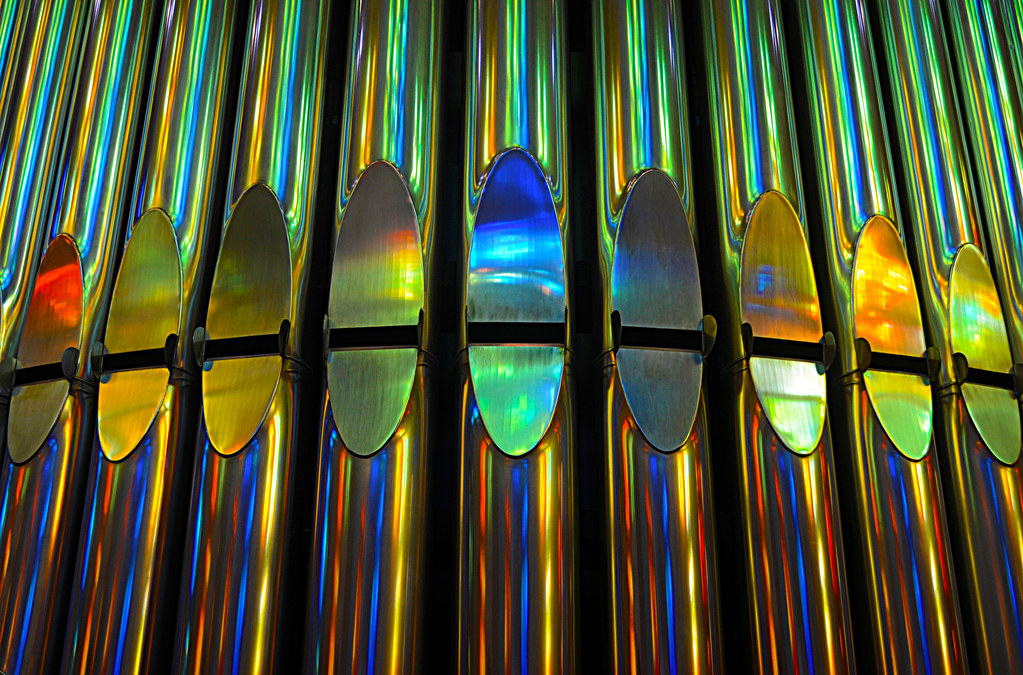Name That Tune
(
originally published in the June 2016 church newsletter)
Have you ever taken a glance through the hymn tune index beginning at page 999 of the red hymnal? The next time you find yourself with a few spare minutes, it might prove an interesting diversion. (Not during a sermon, of course!) Each piece of music in the book is given a name, so that it can be identified independently of its text. This allows congregations to mix and match texts with different tunes (such as we sometimes do). But have you ever noticed that some of the tunes bear awfully strange names? Sometimes the connection between the hymn and the tune name is obvious, such as
Crucifer for ‘Lift High the Cross’. In other cases, there’s no apparent link at all.
So who picks these weird names, anyway? Generally the composer of the music has that honor, although for older music of unknown authorship, the name has been bestowed by subsequent generations of musicians. Most tune names fall into several broad categories:
▪ Some are from historic Psalters of the Reformed churches, identifiable by the word ‘Genevan’ or ‘Old’ followed by a number. For example,
Old 124th is the tune used with Psalm 124 in the Genevan Psalter of 1551.
▪ Some are the original titles of texts translated from other languages. Most common are Latin hymns (
Adeste Fideles, Veni Emmanuel), German Lutheran chorales (
Wachet Auf, Christ Lag in Todesbanden) and carols of other lands (
W Żłobie Leży from Poland is particularly hard on the tongue).
▪ Some are places of significance to the composer. For example:
Caithness,
Dundee, and
Truro are cities, while
Regent Square and
Duke Street are specific neighborhoods.
Slane is a hill in Ireland.
St Anne,
St Bride, and
St Magnus are all churches in London, and
Union Seminary is in Manhattan.
▪ Some are people:
Mendelssohn,
Converse,
Bradbury. My favorite is
St Kevin!
A few stand out for their peculiarity, but have logical explanations:
▪
Cwm Rhondda refers to the Rhondda Chapel in Glamorganshire, Wales. John Hughes composed the tune for a singing festival held there in 1905.
▪
Redhead 76 could pass for a shade of hair dye, but it’s actually the 76th item in an 1853 collection of hymn tunes by Richard Redhead.
▪
Gonfalon Royal refers to the heraldic banner, or gonfalon, that a medieval king’s army might have carried in battle. This makes sense when the tune is paired with its original text, which begins “The Royal Banners Forward Go”.
▪
PCOCS is not a bird, but the Presbyterian Committee on Congregational Song.
As for
Bourbon: well, I’ll let you take your own guess.
Until next time,
Kevin










